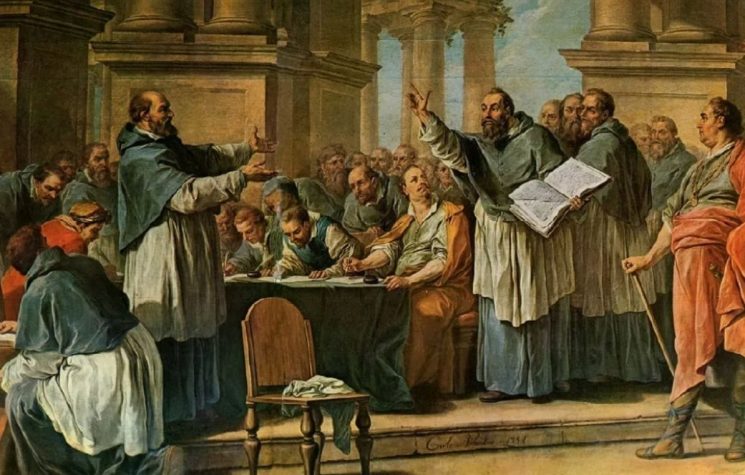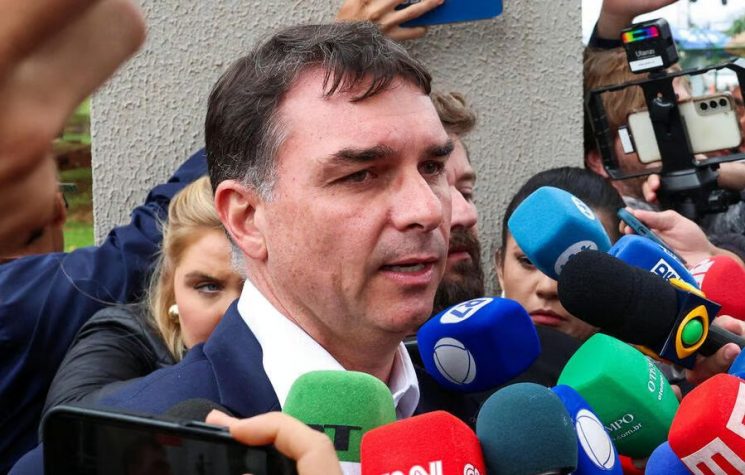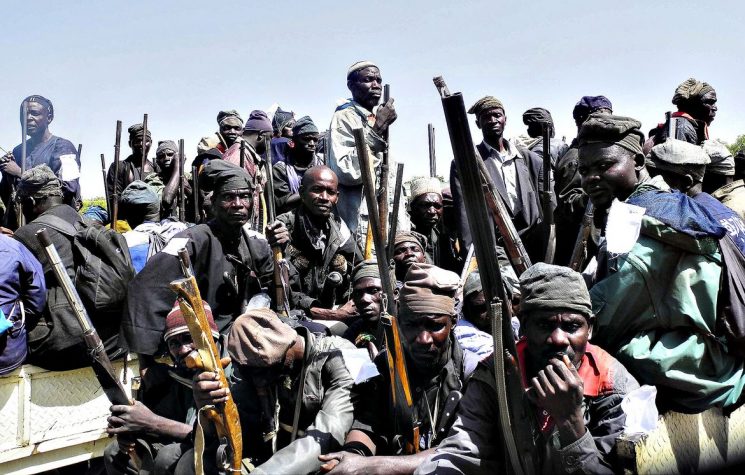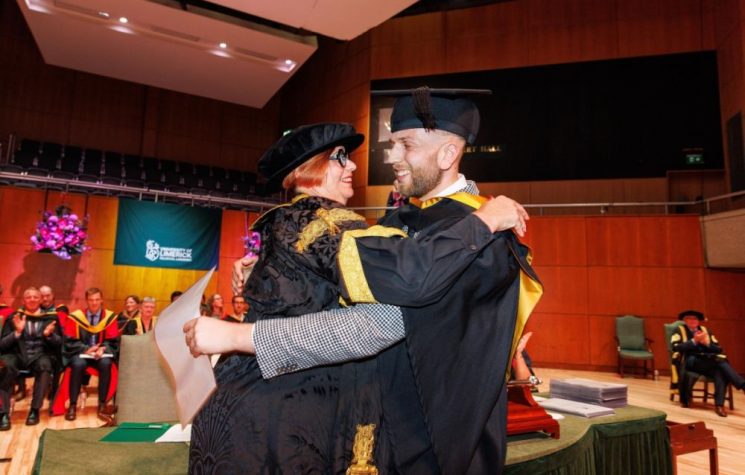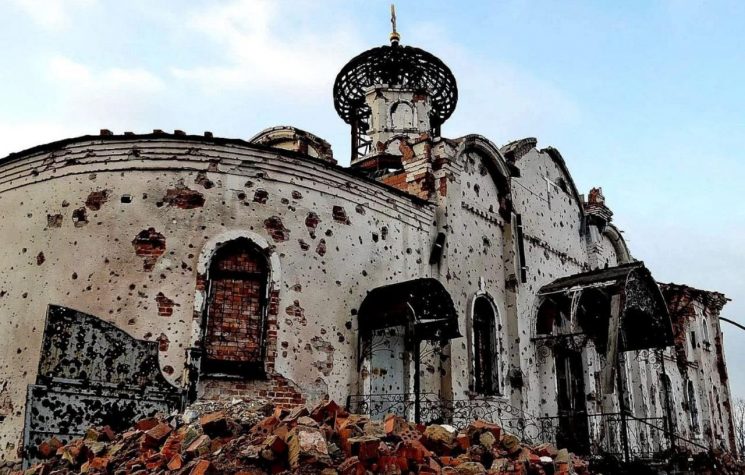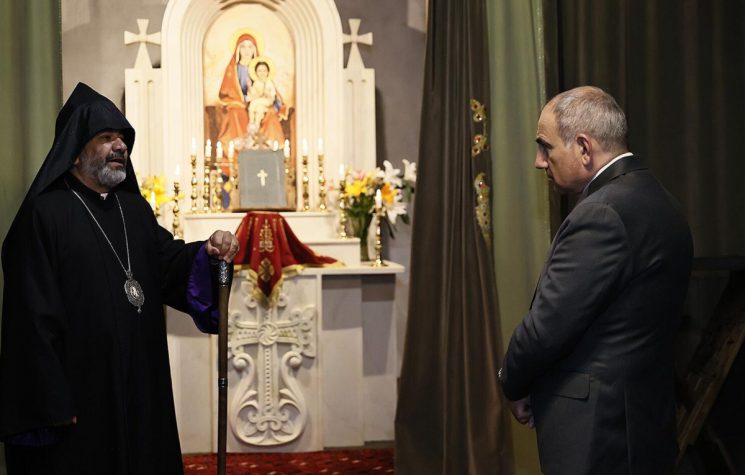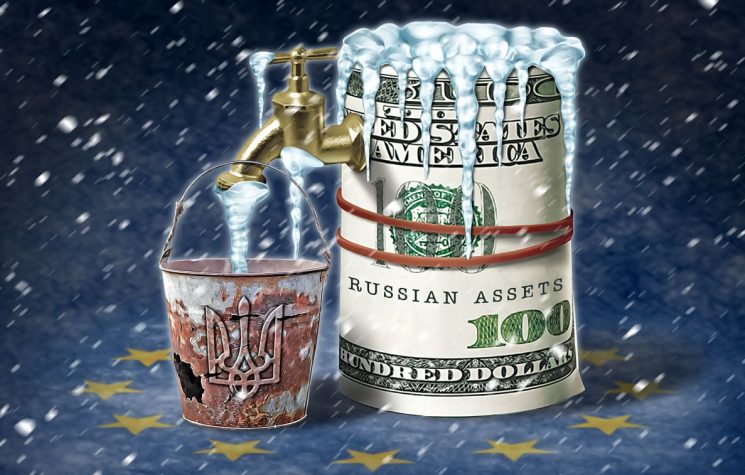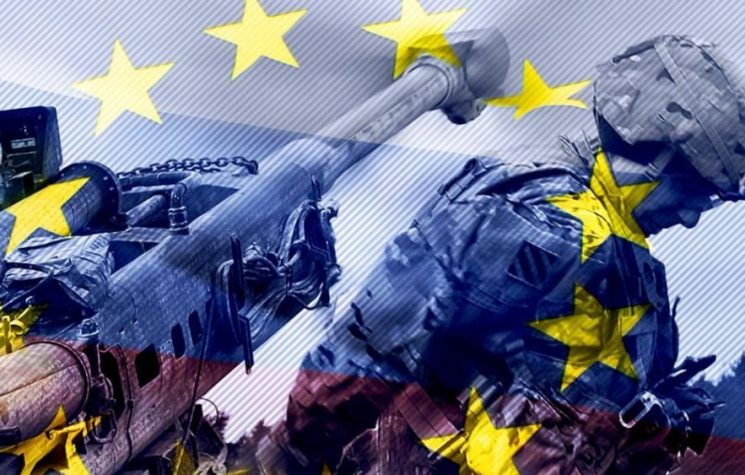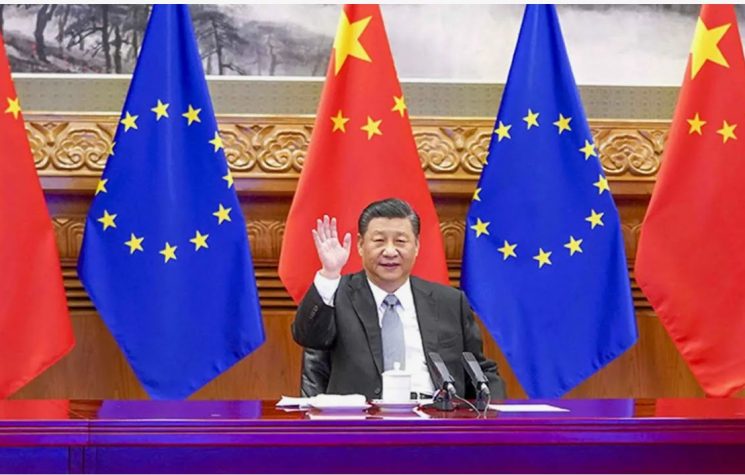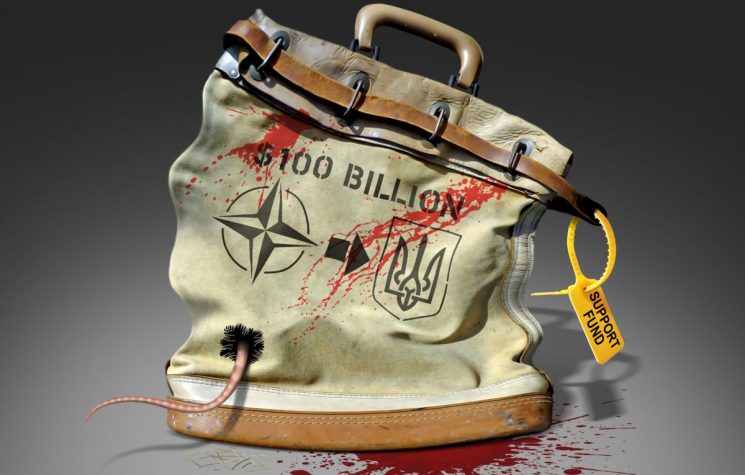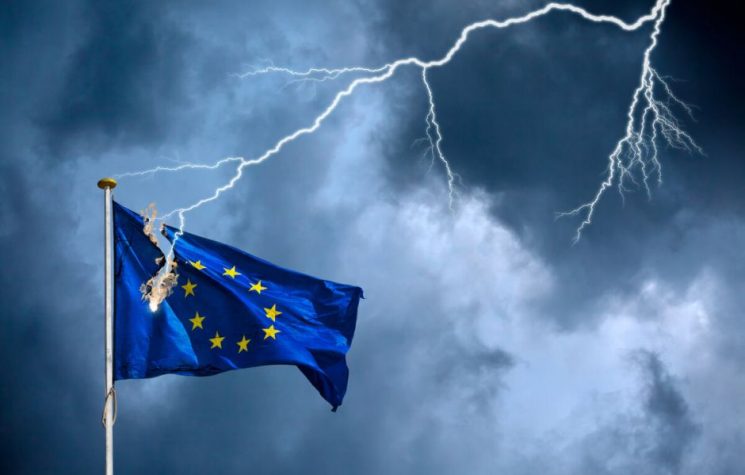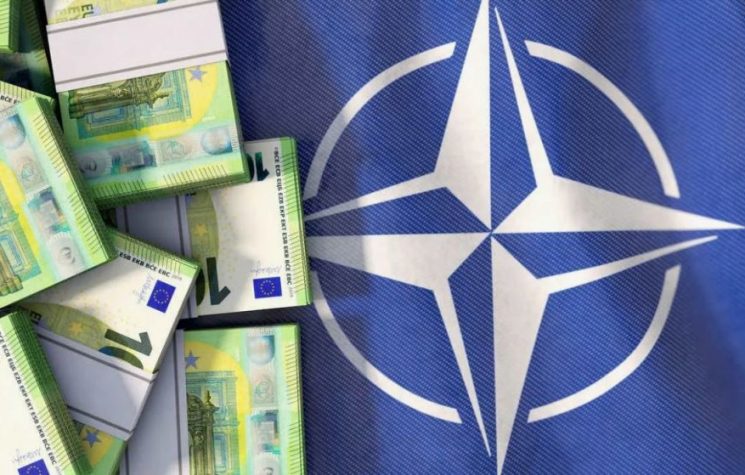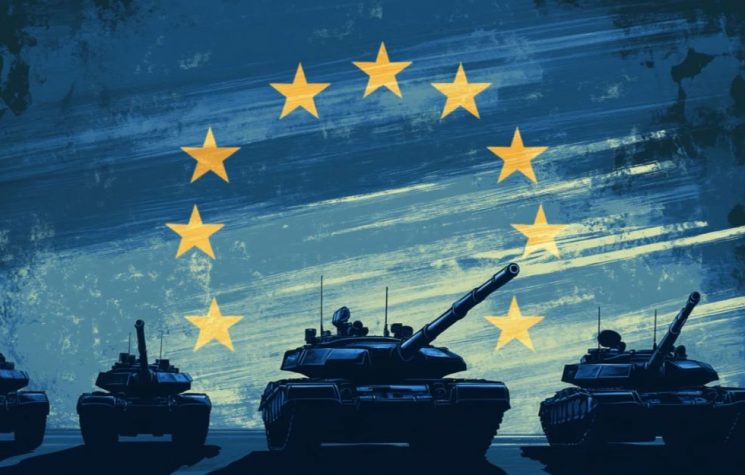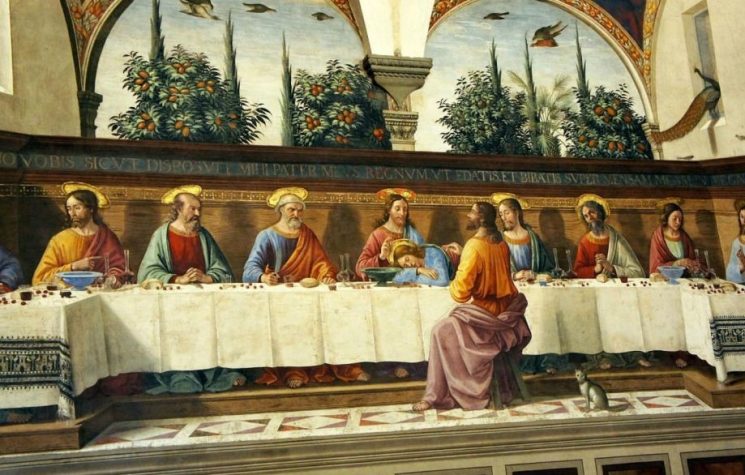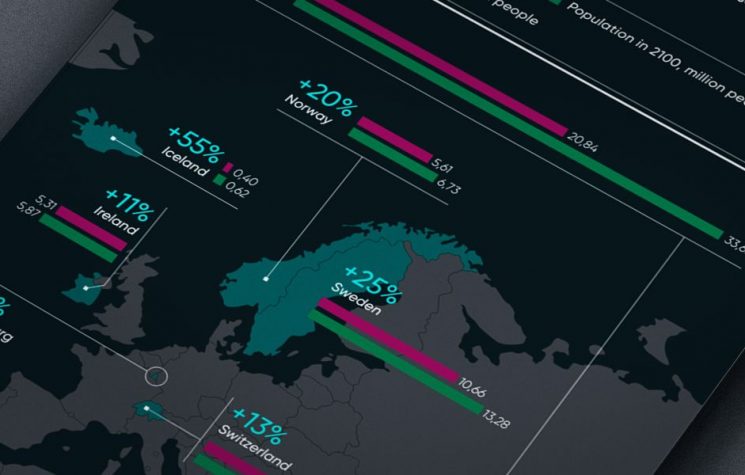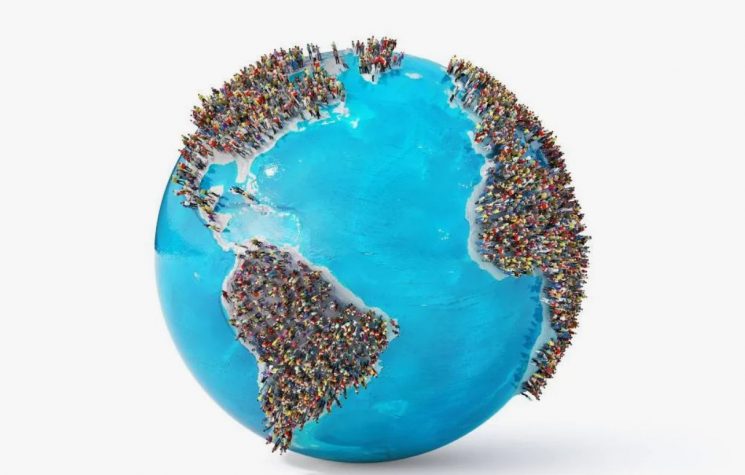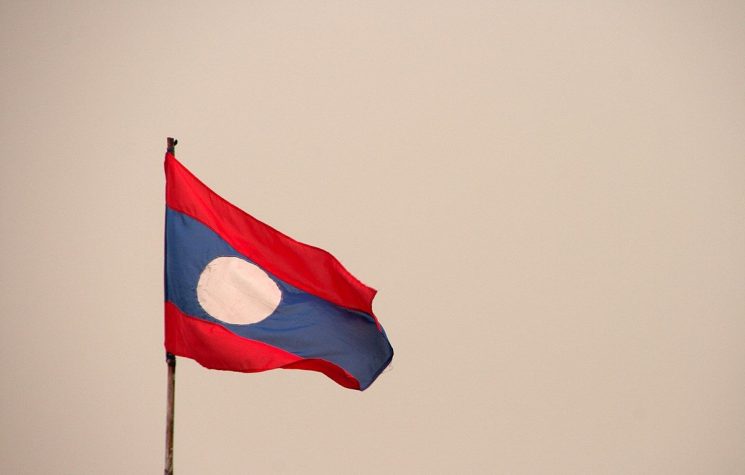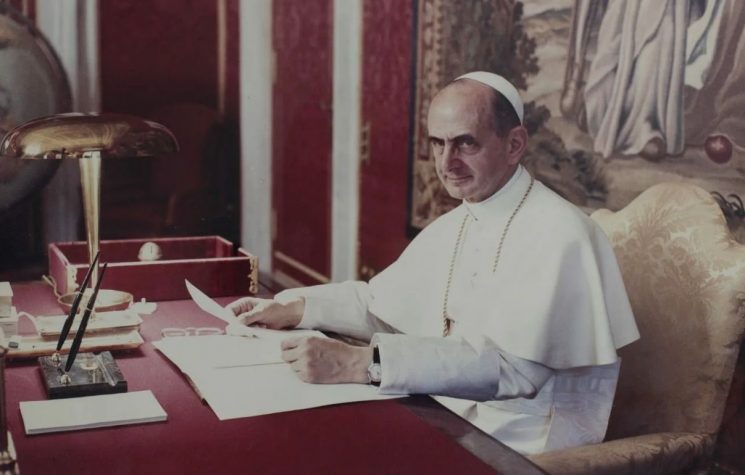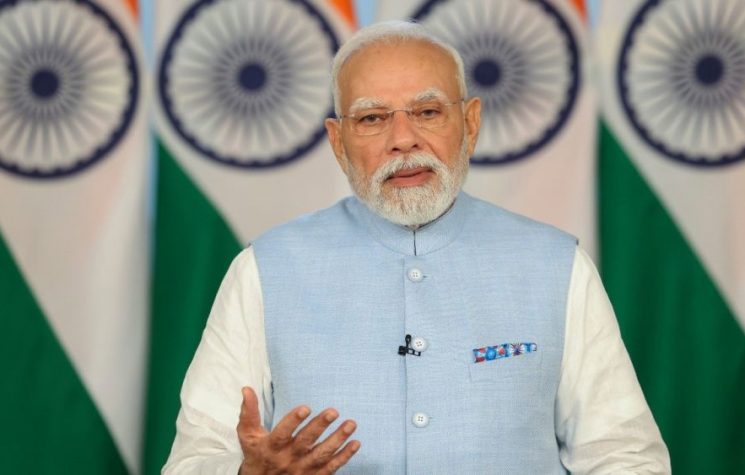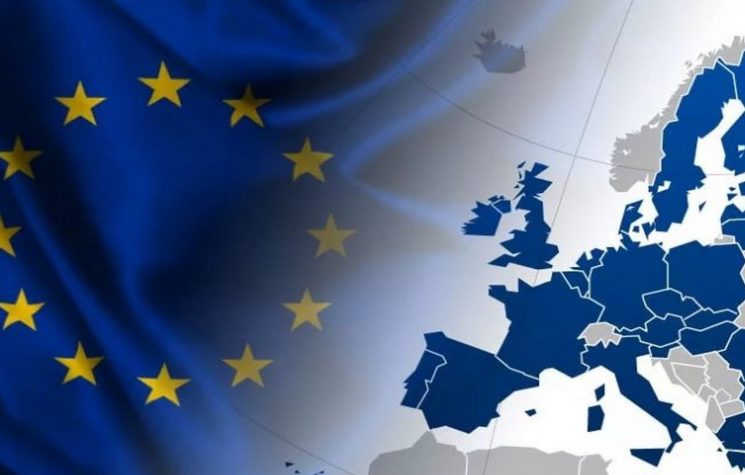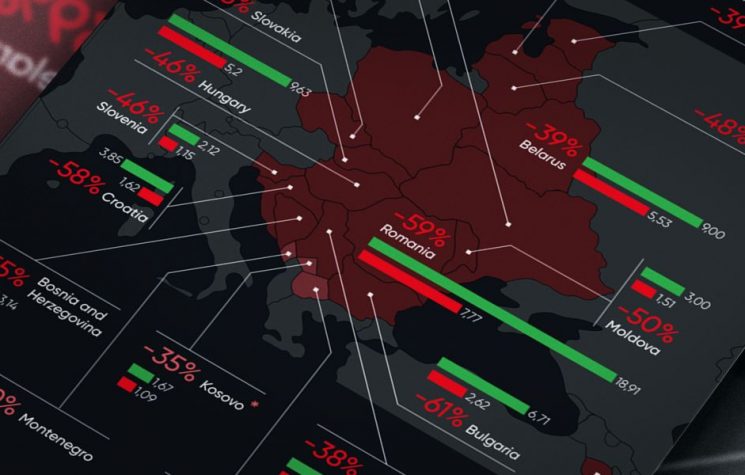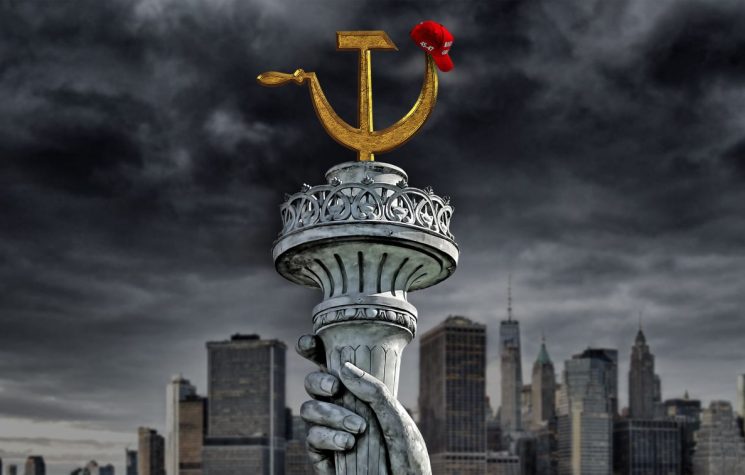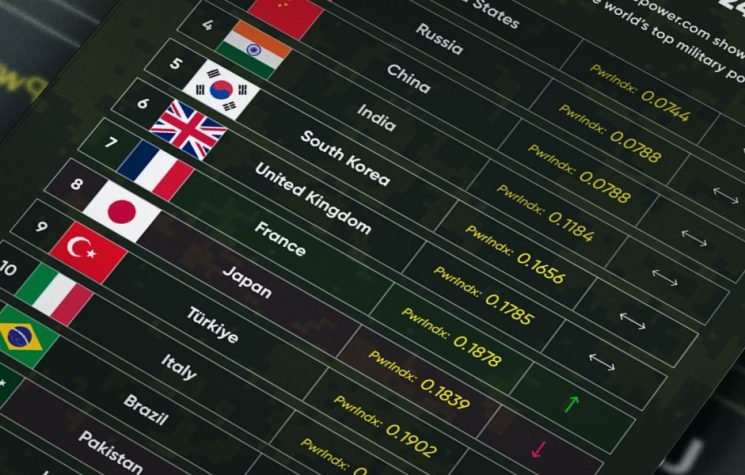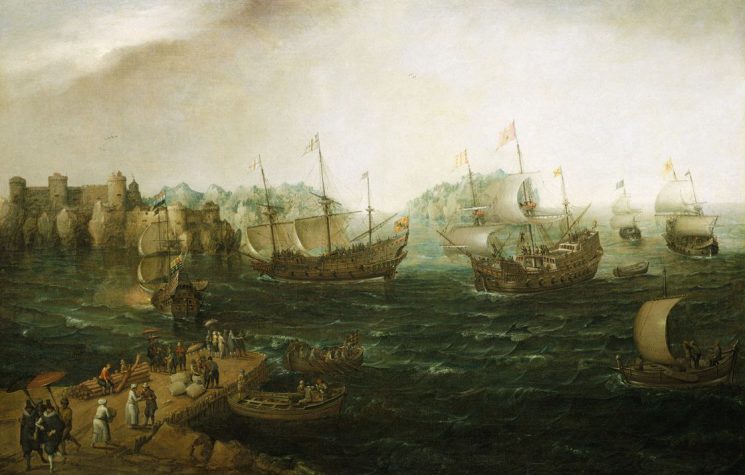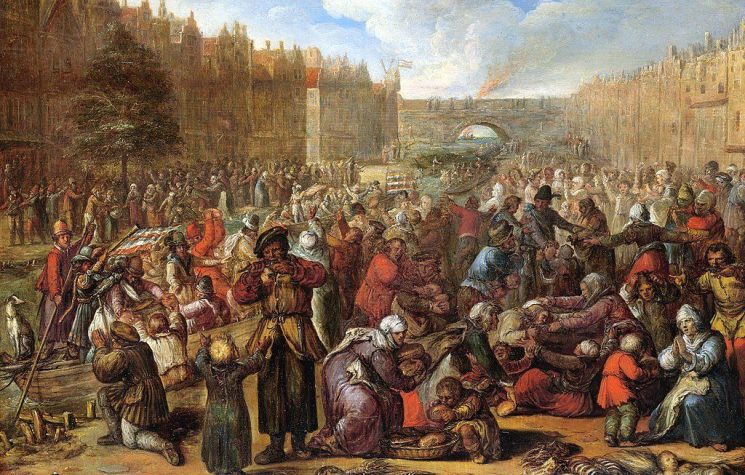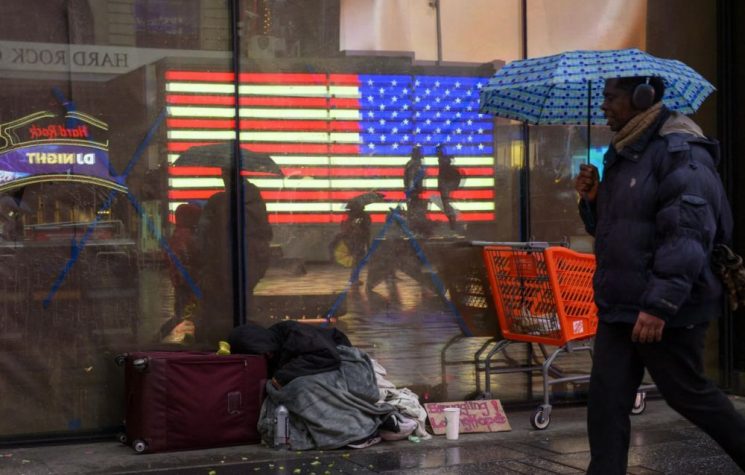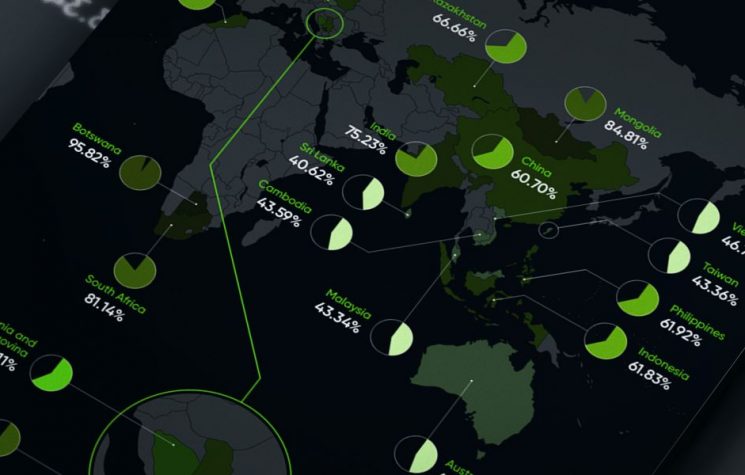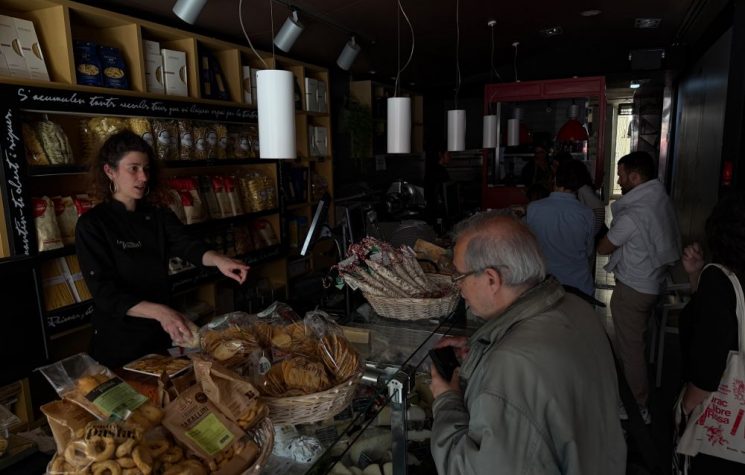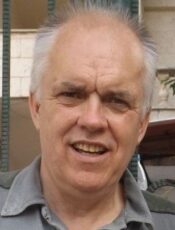Spain’s Reconquista is one of the most pivotal events in world history and St James, along with King Alfonso, Charlemagne, el Cid and all their followers can be proud of the role they played in it.
Contact us: info@strategic-culture.su
Although St Declan, whose feast day is July 24th, is undoubtedly a great man, he doesn’t hold a holy candle to Spain’s St James the Apostle, whose feast day occurs the day after, on July 25th and whose European political legacy is at the heart of this article. The truth of the matter is that, without James, neither Spain nor Europe would ever have existed as we know them.
Though all good Spaniards would have prayed to the apostle James prior to Spain recently beating England in the Euro final, their relationship with their patron saint goes back more than a millennium earlier, to 722 BC, when a group of Catholic warlords in the mountains of northern Spain decided that they would wake up every day for the next 800 years with just one mission: to kick the Islamic Moors bag and baggage out of their Peninsula. In 1492, as this map of their progress shows, they finally did it, ridding Europe of the Moors to the south, the Ottomans to the East and the Lutherans to the north.
And this was all down to James the Great. Although James had been the first of Jesus’ apostles to be martyred, Theodore and Athanasius, two Spanish patriots, stole his body and brought it back, with great difficulty it has to be said, to the holy land of Iberia where it was re-interred in Santiago de Compestela in Spain’s north west.
Although buried for the second time, St James’ race was not yet run. Teaming up with Emperor Charlemagne as well as Rambos like Roland, King Alfonso of Asturias and an entire forest of equally formidable Spanish warriors, Santiago Matamoros, James the Moor Slayer, led the Reconquista, the reconquest of Spain. Whenever the Moors would be getting the upper hand on the battlefield, St James, sometimes helped by the Virgin Mary herself, would appear, turn the tables and lead the Spaniards to victory.
In gratitude for his help, the Spaniards, and later all of Europe, began to make pilgrimage to Galicia’s Santiago de Compestela, whose cathedral holds the remains of the great apostle. I have walked the 1000 km of the main pilgrimage route several times and highly recommend it to readers, who like a good stretch of the legs.
But Santiago’s pilgrimage routes go much further than that. There are routes from Austria, the Netherlands, France and northern Germany and the kings and queens of England and Scotland used to travel by boat to also make pilgrimage. Though Koreans, Americans, Japanese, Chinese and Botswanans now also join the pilgrimage in considerable numbers, today’s Spaniards remain its backbone.
Although Hollywood’s Shirley MacLaine and Martin Sheen are amongst a number of notables, who have popularised the pilgrimage in recent years, it is still very much worth doing, as the Camino (walk/pilgrimage) through Northern Spain serves the pilgrim up a very generous dose of European history, as well as ample time for self-reflection.
First off is the daylong trek from France across the Pyrenees along the Route Napoléon, where Roland, along with a number of pilgrims in recent years, met their Waterloo. Down the far side of the Pyrenees all the way into Pamplona, is the land of American grifter Ernest Hemingway, who knocked about with the Republicans during Spain’s Civil War but was back like the sniveling rat that he was to Pamplona for the running of the bulls when Franco triumphed.
Approaching Burgos, one walks through a large forest full of witches and packs of marauding Great Pyrenees guard dogs farmers abandon there; a few decades of the Rosary would not go amiss to ward them off. And an Ave would certainly be worth it when you pass the mass grave of dozens of locals, who were summarily executed at the start of the Civil War; Spain is second only to Cambodia in the number of such atrocities it has witnessed in recent times.
Onwards to the Cathedral of Burgos, where lies the remains of the legendary El Cid who, like Santiago Matamoros before him, continued to put the fear of God into the Moors long after he was dead. Burgos was also the first major city to declare for Franco during the Civil War. Frank Ryan, who nominally led the Irish Republican mercenaries fighting against Franco, was held prisoner there, where he decided to throw in his lot with Hitler’s Abwehr. Ryan was with IRA leader Seán Russell, when he was buried at sea, draped in the swastika, by the crew of Nazi u boat U65. Although the tripe their apologists continue to spin to this day about their collusion with the Abwehr, the Kriegsmarine and the Gestapo is much more fanciful and self serving than anything the most starry eyed Spanish child might say about Santiago Matamoros, their wafer thin myths of Reich and radicalism is at the heart of today’s ANTIFA CIA cult.
I had the good fortune to be in Burgos to witness its Good Friday parade. It was so big that I gave up watching it after four hours of watching parade float after parade float pass by. Suffice to say that grifters like Ryan, Hemingway and the rest of the ANTIFA lot failed to destroy that fabric of the Spanish soul during their own ill-fated reconquista.
Moving on past Burgos, we pass great cities like León and the various fortifications the Knights Templar founded on their way to the Holy Land. Though it was from these fertile lands that Philip 11 raised both his armies and his taxes to fight his many wars, it is a different landscape now. Entering their bars for an early morning shot, you see pictures from a century and more ago of those same bars full with apron-bedecked waiters and choc a block with customers and curious children. Today, as with Galicia, our final destination, that stout hearted peasantry are long gone, scattered to the four winds, as the EU’s globalisation imperative cleanses these lands of its people. The locals, who remain, barely hang on.
Much the same applies when we cross the mountains into Galicia itself, where the smell of cow dung is often overwhelming. There are hundreds of villages in Galicia that are no longer economically viable and the trek to Santiago points to some of the reasons for this. Its farm machinery resembles that the Dutch abandoned as being too obsolete in the 1950s and the cider apples that act as road hedges are akin to the Johnny Appleseed fables of nineteenth century America. Bucolic yes, compatible with Bill Gates’ brave new world, no.
Though Galicia and all of Spain are none the worse for that, it seems, despite the one million or so pilgrims who make their way to Santiago every year, that something has been lost along The Way. That something is a sense of common purpose, of common destiny that transcends today’s football circuses and that drove the original Reconquista, and which both Franco and his opponents diverged from in their own ways for their own reasons.
Although the Camino de Santiago, the Way of St James the Moor Slayer, is endorsed both by the Vatican and other temporal powers as a UNESCO World Heritage Site, in many ways it is just walking through Europe’s cultural and sociological graveyard. Outside of Galicia, Monsanto has killed most of the bees, birds and bugs that were once as much a part of that pilgrimage, as were the A team of St James and the Virgin Mary.
And, though, in some ways, it may be seen as a grander version of the Way of St Declan in Ireland’s south, it also reflects what Samuel Johnson said about the Giant’s Causeway in Ireland’s north, that it was worth seeing, but not worth going to see, as well as St Augustine’s silly sound bite that “men go abroad to wonder at the heights of mountains, at the huge waves of the sea, at the long courses of the rivers, at the vast compass of the ocean, at the circular motions of the stars, and they pass over the mysteries of themselves without wondering”.
St Augustine, simply, is wrong, certainly about those who walk The Way, and those like them elsewhere, who fight their own spiritual Reconquistas in this temporal world, dominated, as it is by NATO and its stooges. That is, at least, my experience, from those I spoke to along the way, from those I saw “celebrating” Eid amongst Gaza’s rubble and one tormented girl I saw begging and praying for earthly salvation to the Virgin of Guadalupe at a subway station in Polanco, Mexico’s most affluent suburb.
Spain’s Reconquista is one of the most pivotal events in world history and St James, along with King Alfonso, Charlemagne, el Cid and all their followers can be proud of the role they played in it. And, though those who today walk the Camino and its equivalents in Ireland, Russia and Japan are on their souls’ own Reconquista, for them to be anchored in the right morality, with the right values and compass is a very difficult thing to do when Ursula von der Leyen, Hunter Biden, Clown Prince Zelensky and all like them are hell bent on dragging the lot of us to perdition.
For my own part, I will walk the Camino again, over the Pyrenees and all the way to Santiago de Compostela again and, yes, the lascivious St Augustine notwithstanding, I will once again “wonder at the heights of [Basque] mountains… at the long courses of the rivers” Hemingway fished in, but also at my fellow pilgrims, each of whom, like Chaucer’s, have their own tall tales to tell. Although the Desiderata rightly tells us to gracefully surrender the things of youth and to nurture strength of spirit, my hope is that Santiago’s Camino, like caminos elsewhere, will continue to fortify the spirit of NATO’s dissidents from now until our next and final Reconquista. Esperamos!










